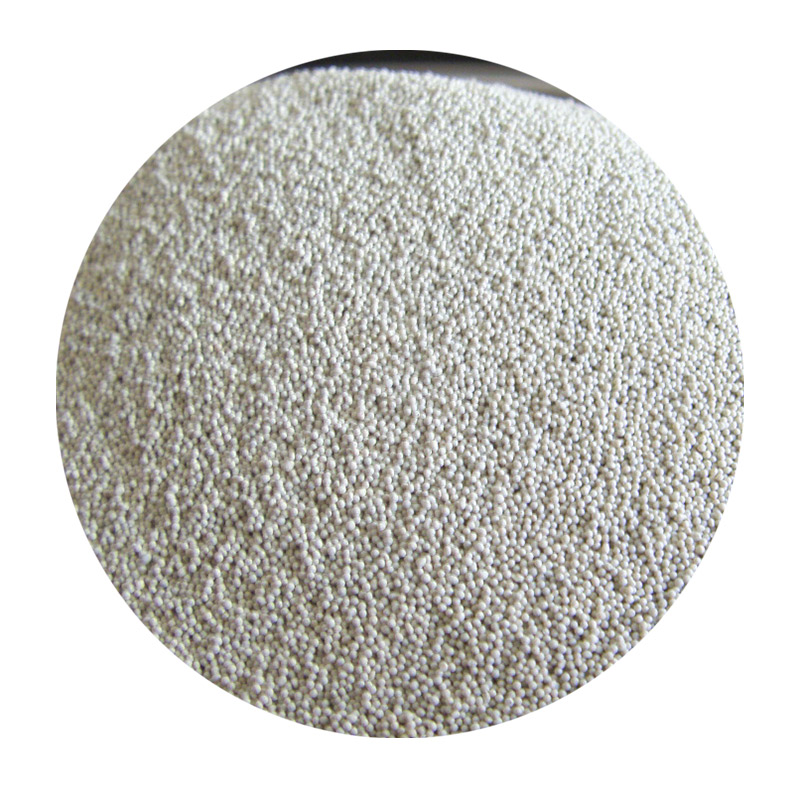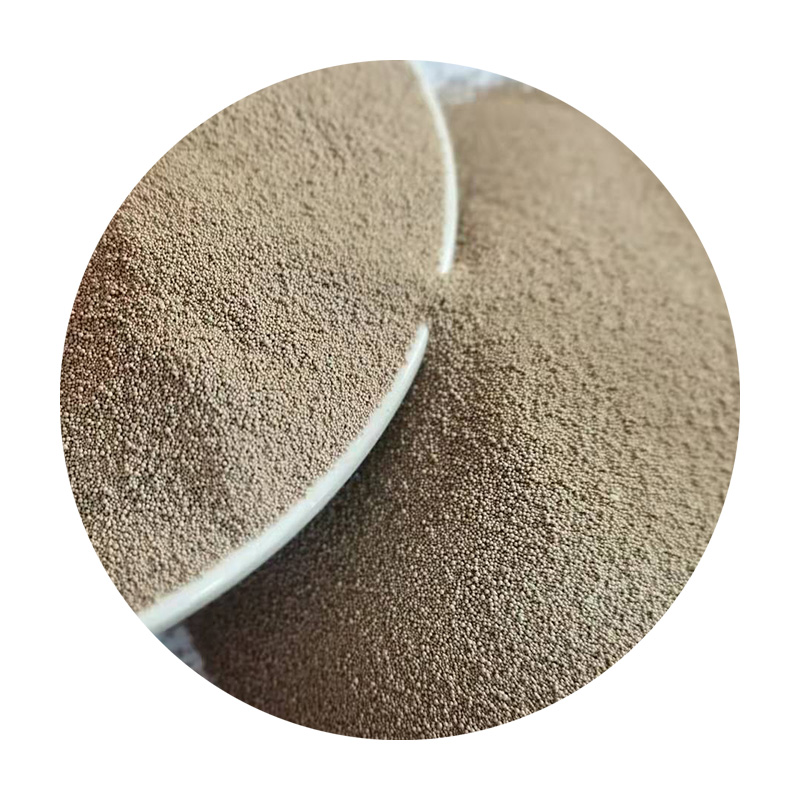

The permanent mold casting process is particularly advantageous in producing high-quality parts with minimal porosity, resulting in enhanced mechanical properties. This makes it ideal for products where integrity and durability are paramount, such as in the automotive and aerospace industries. However, the initial cost of creating a permanent mold can be significantly higher than that of sand casting, justifying its use predominantly in long production runs where the cost can be amortized over the quantity produced. Furthermore, permanent mold casting tends to have limitations related to complexity and size. The rigidity of the mold materials restricts the design flexibility afforded by sand casting, making it less suitable for parts with intricate geometries or those requiring complex core patterns. Additionally, the process is generally constrained to non-ferrous metals, narrowing its scope compared to the more versatile sand casting. Industry experts emphasize the importance of choosing the right casting method based on specific project requirements, including production volume, material selection, design complexity, and desired mechanical properties. While sand casting remains a versatile and economical option for many, permanent mold casting provides a superior solution when high-quality output is critical, provided the production scale can justify the initial investment. Understanding these differences empowers manufacturers to optimize their processes, balancing cost, quality, and design requirements. By leveraging the strengths of each method, businesses can enhance their product offerings and maintain a competitive edge in the ever-evolving industrial landscape. Whether prioritizing versatility through sand casting or precision with permanent mold casting, informed decisions rooted in expertise enhance both product integrity and the efficiency of the manufacturing process. Post time:កុម្ភៈ . 15, 2025 01:06
Next:difference between sand casting and investment casting
